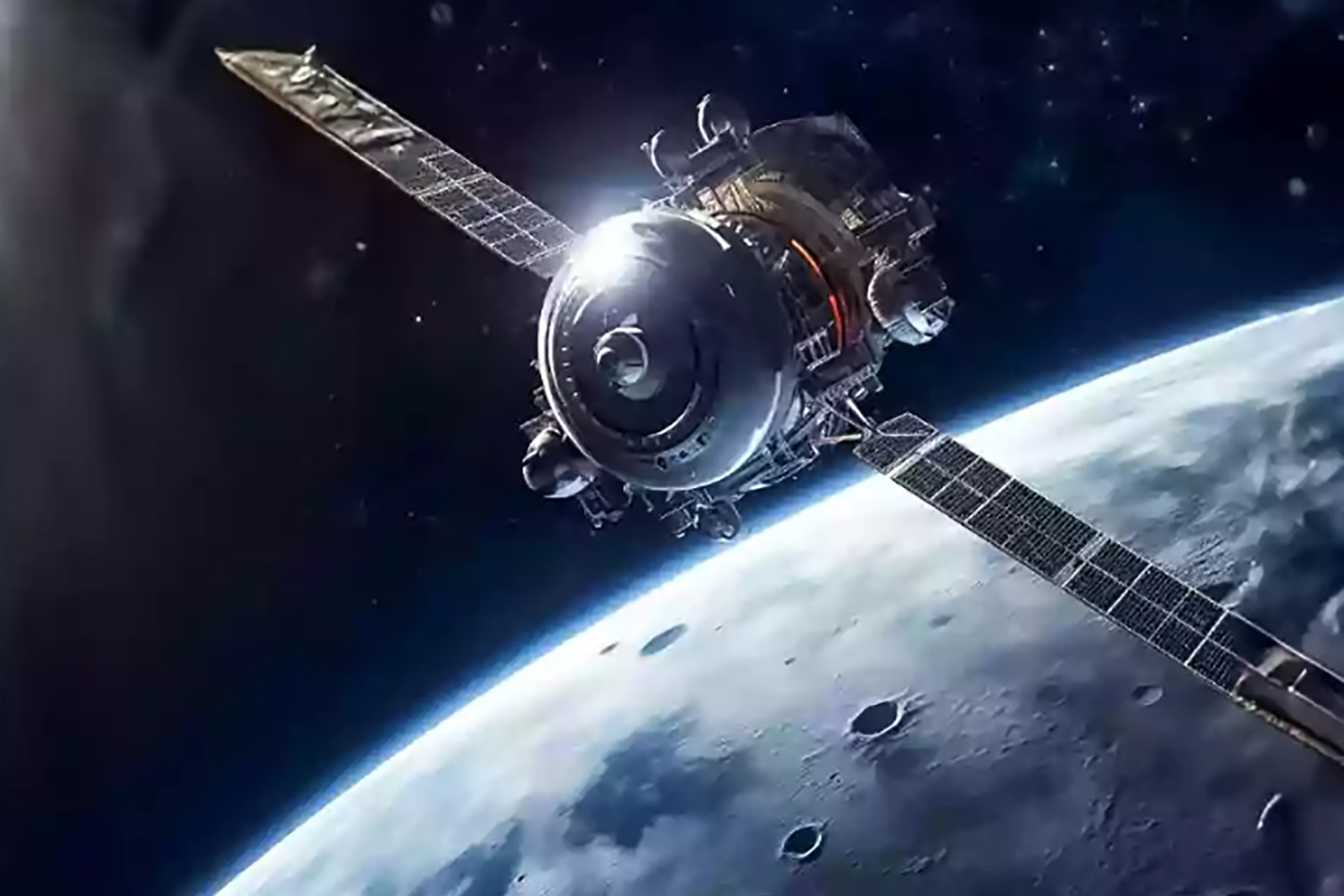 Chandrayaan-3, India’s third lunar mission, is set to perform a gentle landing on the Moon’s surface on August 23rd. Departing from the Satish Dhawan Space Centre (SDCC) in Andhra Pradesh’s Sriharikota on July 14th, the mission aims to achieve this significant milestone for India’s space endeavors.
Chandrayaan-3, India’s third lunar mission, is set to perform a gentle landing on the Moon’s surface on August 23rd. Departing from the Satish Dhawan Space Centre (SDCC) in Andhra Pradesh’s Sriharikota on July 14th, the mission aims to achieve this significant milestone for India’s space endeavors.
The Indian Space Research Organisation (ISRO) has outlined how the lunar mission will contribute to advancing the nation’s space sector. The Vikram lander’s scheduled touchdown is a little after 6pm on August 23rd. A successful landing would propel India into an exclusive group of nations, including the United States, Russia, and China, that have accomplished a soft landing on the Moon. Furthermore, India has the chance to be the first country to achieve this feat on the Moon’s south pole, a goal initially targeted by Chandrayaan-3.
Beyond the mission’s scientific ambitions, it has broader implications for India’s space industry. The endeavor aligns with the government’s strategy to foster private investment in space launches and satellite-based enterprises. India aims to see its private space companies increase their global launch market share fivefold over the next decade. Prime Minister Narendra Modi had previously hailed the mission as a pivotal moment in India’s space journey, inspiring the aspirations of the nation’s citizens.
Yet, uncertainties loom over the scheduled lunar landing. An ISRO scientist mentioned that the decision to proceed with the landing will be determined by favorable conditions on the day of the attempt. If conditions are not conducive, the landing might be rescheduled for August 27th. Nilesh M Desai, director of ISRO’s space applications center, elaborated that a final call will be made two hours before the planned landing, considering the condition of the lander module and the lunar environment. Despite this uncertainty, there remains optimism that the Vikram lander will indeed achieve its intended landing as per the original timeline.












